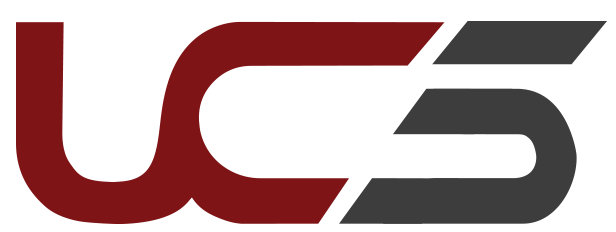What is Leadership and what is Governance?
Leadership refers to the ability of an individual or a group of individuals to influence and guide followers or other members of an organization. It involves setting a vision, motivating and inspiring people, and fostering an environment where individuals can contribute creatively towards achieving common goals. Leadership is often characterized by personal attributes such as charisma, influence, and innovative thinking, and it plays a crucial role in managing change, driving innovation, and shaping organizational culture.
Governance, on the other hand, is the framework of rules, practices, and processes by which an organization is directed and controlled. It encompasses the mechanisms through which an organization’s objectives are set and pursued in the context of the social, regulatory, and market environment. Governance is primarily concerned with balancing the interests of an organization’s many stakeholders, such as shareholders, management, customers, suppliers, financiers, government, and the community. It ensures accountability, fairness, and transparency in a company’s relationship with all its stakeholders.
Key Differences between Leadership and Governance
- Focus: Leadership is centered on guiding and influencing people, whereas governance focuses on establishing and following structures and policies.
- Scope: Leadership often deals with the softer, more intangible aspects of managing people and culture, while governance is concerned with concrete systems and procedures.
- Objective: The primary objective of leadership is to inspire and motivate towards a vision, whereas governance aims to ensure accountability and compliance.
- Approach: Leaders often employ a more personal and charismatic approach, while governance relies on formal rules and regulations.
- Flexibility: Leadership can be more adaptive and flexible, responding to changing situations, whereas governance is typically more rigid and structured.
- Influence: Leadership influences through personal charisma and vision, while governance exerts control through policies and procedures.
- Decision-making: In leadership, decisions are often made based on vision and innovation, whereas governance decisions are based on established rules and best practices.
- Responsibility: Leaders are responsible for inspiring and guiding teams, while governance bodies are responsible for ensuring compliance and ethical conduct.
Key Similarities between Leadership and Governance
- Goal Orientation: Both leadership and governance are oriented towards achieving organizational goals and objectives.
- Influence on Organizational Culture: Both play a significant role in shaping and influencing the culture of an organization.
- Stakeholder Engagement: Both involve engaging with various stakeholders and considering their interests in decision-making.
- Ethical Considerations: Both leadership and governance are grounded in ethical principles and responsible conduct.
- Strategic Planning: Both are involved in strategic planning and long-term vision for the organization.
- Accountability: Both leadership and governance carry a level of accountability for the success and integrity of the organization.
- Change Management: Both are crucial in managing and adapting to change within the organization.
What is Leadership in Management?
Leadership in management is the art of motivating a group of people towards achieving a common goal. It involves creating a vision, inspiring others, and guiding an organization towards its objectives. A leader’s role is often associated with charisma, innovation, and the ability to influence and inspire others.
What is Governance in Management?
Governance in management refers to the systems, processes, and policies through which an organization is controlled and directed. It ensures that an organization’s objectives are achieved, resources are used responsibly, and the interests of stakeholders are protected.
How Leadership and Governance Intersect?
While distinct, leadership and governance often intersect in the management of an organization. Leaders may participate in governance by setting policies and strategic goals, while governance structures can influence leadership styles and decisions.
Balancing Leadership and Governance for Organizational Success
The balance between leadership and governance is vital for the success of any organization. While leadership provides the vision and motivation, governance ensures that this vision is pursued responsibly and ethically.
The Synergy Between Leadership and Governance
When leadership and governance work in synergy, they create a robust environment for achieving organizational goals. This synergy ensures that the organization’s vision is pursued with integrity and accountability.
Challenges in Balancing Leadership and Governance
Balancing leadership and governance can be challenging. Leaders must work within the constraints of governance structures, while governance must allow enough flexibility for leaders to innovate and inspire.
Conclusions
- Leadership and governance, while distinct, are both crucial for the successful management of an organization.
- Leaders inspire and guide, while governance provides the framework and ensures accountability.
- The balance and interaction between leadership and governance significantly impact an organization’s culture and success.
- Understanding the nuances of both concepts is essential for anyone involved in organizational management.
This exploration of leadership and governance in management sheds light on their unique roles, intersections, and the delicate balance required for organizational success. By understanding these concepts, one can better navigate the complex world of management and contribute more effectively to their organization’s growth and stability.
To learn more, connect with us through our website or through email.







